How to Open XML Files
Use a text editor
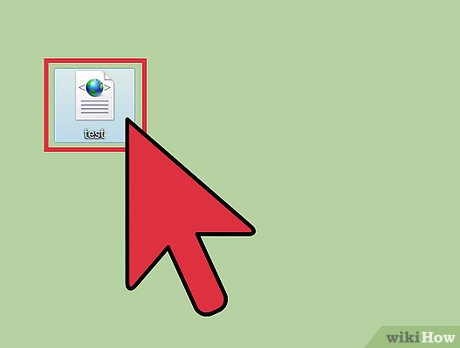
Find the XML file you want to open. XML is encoded in plain text, so you can clearly open and read the file with any text editor.
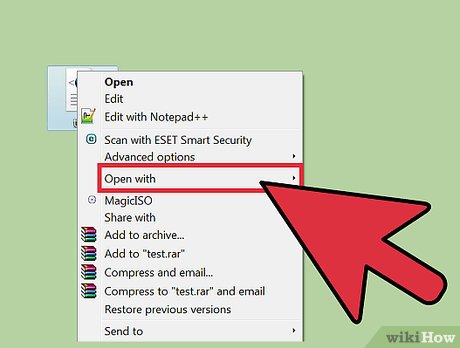
Right-click the XML file and select "Open With". You will see a list of programs.
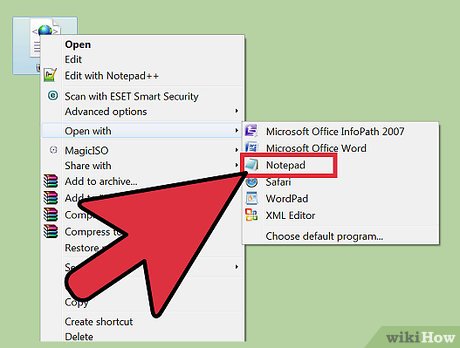
Select "Notepad" (Windows) or "TextEdit" (Mac). These are all text editors that come pre-installed in each operating system and are on the list.
If the program isn't on the list, you'll need to browse for it. Notepad is located in%SystemRoot%system32notepad.exe, and TextEdit is in the Applications folder.
While a simple editor is enough to see all the information, more advanced code editors like Notepad++ or TextMate are suitable for syntax highlighting and advanced editing.

Decode text on the screen. The XML file opens in the editing program. The complexity of the content depends on the intended use. Use the tag label to find the information you need. In general the labels are quite easy to understand, you can look through the data and find the information you need.
You will see content likeat top. This shows that the next part is in XML format.
XML uses custom tags to hold each piece of data. Each tag is created to be usable by any program, so there is no universal syntax for markup labels. For example, an XML file might have a section, the other file has the sectionbut both have similar features.
Tags can be nested and create a tree structure. For example, each cardcan contain multiple tags inside, likeand.
Use a web browser
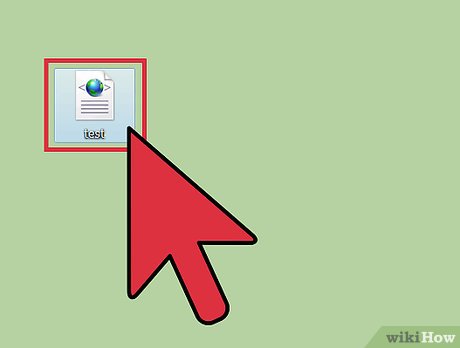
Find the XML file you want to open. Although you can use any plain text editor to open the XML format (see above), using a browser will make it easier to navigate. Most browsers automatically indent nested tags and allow you to collapse each branch of the XML tree.
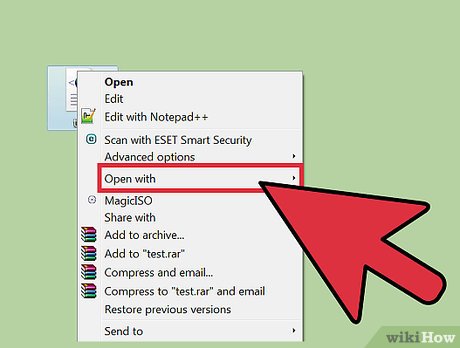
Right-click the file, hover over "Open With" and select the program you want to use.
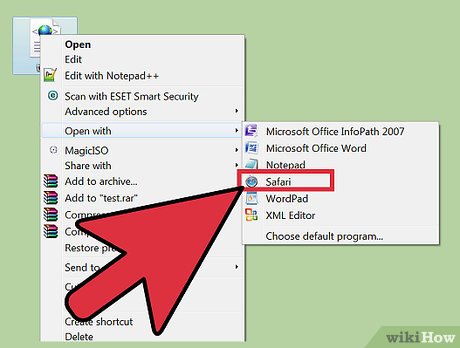
Select a web browser from the list. You can use any web browser to open XML files. Usually, your web browser is already in the list of suggested programs. If not, you'll need to browse on your computer.
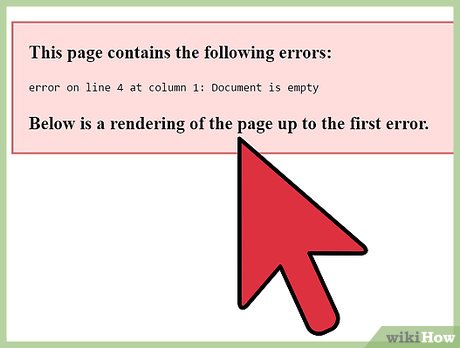
Read XML data in the browser. The XML file will open in a new tab in the browser. The browser will display the entire content and automatically indent nested tags. You will easily recognize which data belongs to which set.
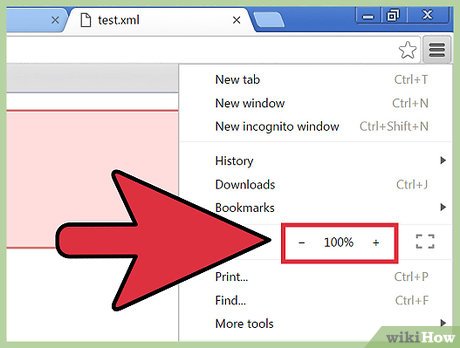
Expand or shrink sections for easier reading. The advantage of using a browser to read XML files is the ability to control the content displayed. Click the arrows or +/- buttons next to each section to expand or shrink them.
Use Excel
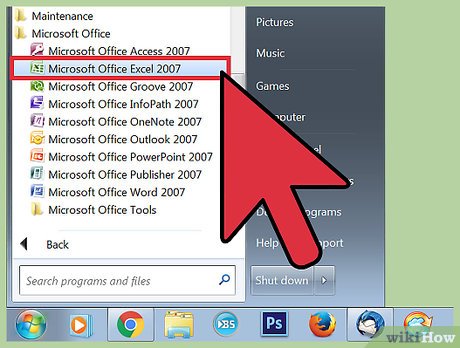
Open Excel. Excel is not often on the list of suggestions, so the fastest way is to open the program first.
Excel can convert XML files into tables, making it easy to process information visually.
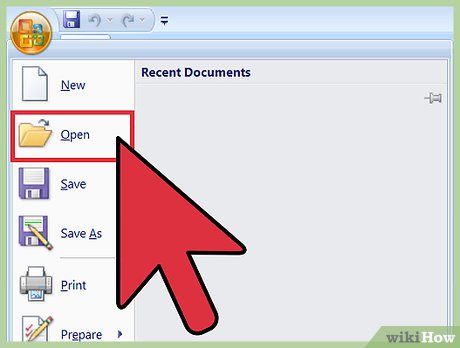
Click "File" and select "Open". The Open menu will open.
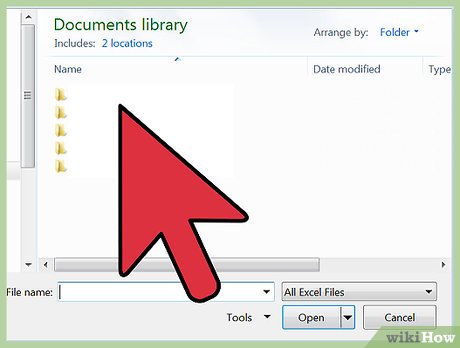
Click the "Browse" button to browse for files on your computer.
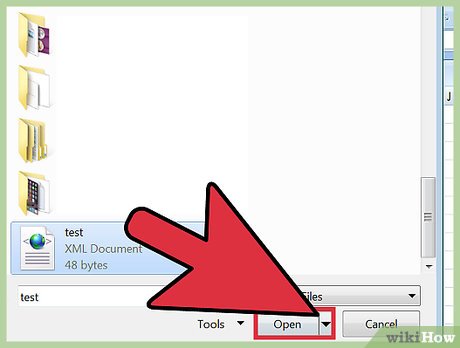
Open the XML file on your computer. You can navigate and find files as usual, otherwise click the "Type" menu and select "XML Files."
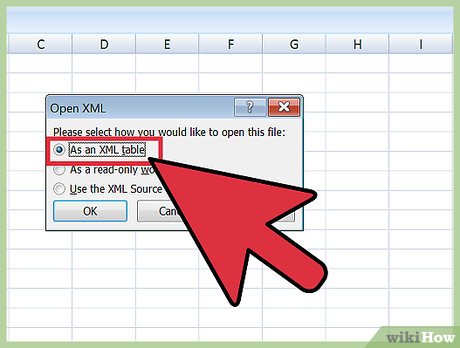
Select "As an XML table" to convert the XML file into an Excel table.
You will be prompted that the XML file is not a schema. Click "OK" for Excel to proceed with building the table based on the tags in the file.
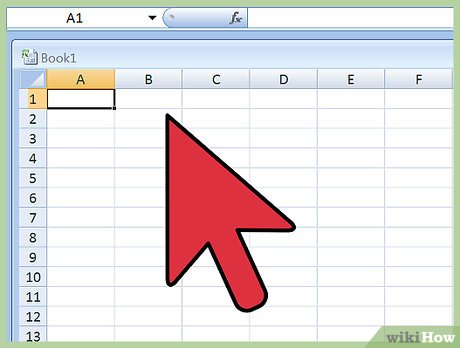
Read XML data. The XML file will be organized into tables based on the tag structure. You can use Excel's sorting and filtering tools to customize your table.
You may have difficulty expressing complex XML files into tables. If your XML data includes multiple nested tags, you'll need to use an XML viewer.
Use an XML viewer
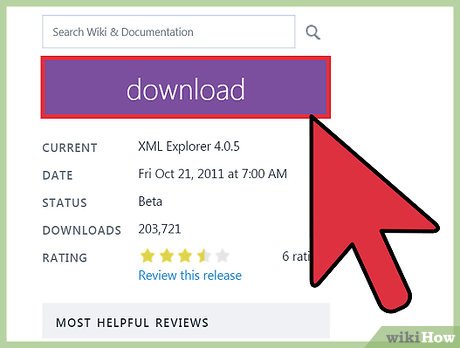
Download an XML file viewer. If you have to work with a lot of XML files, you should use an XML viewer or editor. They will make handling complex XML files much easier. There are many options, both free and paid, of which XML Explorer is a free, open source reader (xmlexplorer.codeplex.com).
Different programs will meet different needs. If you need to create many XML files, you should use a professional XML editor. They will allow you to automate and collaborate with multiple people on large XML projects.
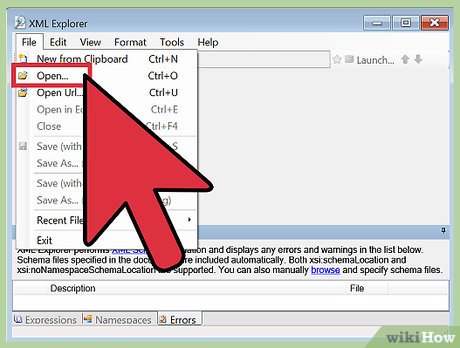
Open the XML file in the new program. Many programs that specialize in XML will automatically become the default program for XML files, then you just need to double-click the file to open it. If not, right-click the XML file, select "Open With" and browse for the program you just installed.

Read XML data. Programs like XML Explorer allow you to collapse sections as well as enable/disable syntax highlighting. More advanced programs also allow us to edit and create additional items.
You should read it
- What is DMG file?
- What is an XML file and how to open it?
- What is a DLL file, and how does this file work?
- What is a .tmp file? How to open .tmp file on Windows computer?
- What are UDF files?
- What file is AAC? How to open, edit and convert AAC files
- What file is M4A? How to open, edit and convert M4A files
- What file is XSD? How to open, edit and convert XSD files
May be interested
- How to Open a PES File on PC or Mac
 this wikihow teaches you how to open pes files on pc or mac. pes files are files created from sewing machines that contain information on an embroidery pattern. you can open a pes file with a few programs like stitchbuddy for mac and file...
this wikihow teaches you how to open pes files on pc or mac. pes files are files created from sewing machines that contain information on an embroidery pattern. you can open a pes file with a few programs like stitchbuddy for mac and file... - How to open EPUB files on Windows 10 (without Microsoft Edge)
 microsoft's new chromium-based edge browser reduces support for epub ebooks. you will need a third-party epub reader application to view epub files on windows 10. here are some good free options to choose from.
microsoft's new chromium-based edge browser reduces support for epub ebooks. you will need a third-party epub reader application to view epub files on windows 10. here are some good free options to choose from. - How to Open 7z Files
 if you've come across a file that ends in '.7z', you're probably wondering why you can't open it. these files, known as '7z' or '7-zip files,' are archives of one or more files in one single compressed package. you'll need to install an...
if you've come across a file that ends in '.7z', you're probably wondering why you can't open it. these files, known as '7z' or '7-zip files,' are archives of one or more files in one single compressed package. you'll need to install an... - How to Open VCF Files
 this article shows you how to add contacts to your email account by opening a vcf file. vcf files, also known as 'vcard' files, store contact information that can be read and imported on email services such as gmail, icloud and yahoo, as well as outlook on computers. however, you can only use vcf files on your computer.
this article shows you how to add contacts to your email account by opening a vcf file. vcf files, also known as 'vcard' files, store contact information that can be read and imported on email services such as gmail, icloud and yahoo, as well as outlook on computers. however, you can only use vcf files on your computer. - How to open multiple files with SpaceFM in Linux
 if you use a customizable file manager like spacefm, you can add a menu to the toolbar that allows you to quickly open multiple files with the application you want with just one click.
if you use a customizable file manager like spacefm, you can add a menu to the toolbar that allows you to quickly open multiple files with the application you want with just one click. - How to Open XPS Files
 this wikihow teaches you how to open an xps file on your windows or mac computer. xps files are windows' response to the more popular pdf file format. while windows computers have a built-in program that allows them to open xps files, mac...
this wikihow teaches you how to open an xps file on your windows or mac computer. xps files are windows' response to the more popular pdf file format. while windows computers have a built-in program that allows them to open xps files, mac... - What is FLV file? How to open FLV file on computer?
 you often download internet videos to your computer for offline viewing and many times see flv files. you are struggling to know how to open them? today, we will provide information about the flv video file for you in the article below.
you often download internet videos to your computer for offline viewing and many times see flv files. you are struggling to know how to open them? today, we will provide information about the flv video file for you in the article below. - What are CDR files? How to open and convert CDR files to AI, PDF, PSD
 the article provides information about cdr files, data streams, advantages and disadvantages. the software supports viewing cdr files, the software supports editing cdr files, how to convert cdr format to ai, pdf, psd and how to open cdr files on the phone. click to view now!
the article provides information about cdr files, data streams, advantages and disadvantages. the software supports viewing cdr files, the software supports editing cdr files, how to convert cdr format to ai, pdf, psd and how to open cdr files on the phone. click to view now! - How to Open Hidden Files on USB
 today's wikihow will show you how to make hidden files on a usb stick visible so you can open them. this process can be applied on both windows and mac computers.
today's wikihow will show you how to make hidden files on a usb stick visible so you can open them. this process can be applied on both windows and mac computers. - How to Open PHP Files
 this article shows you how to open and edit php programming files on windows and mac computers.
this article shows you how to open and edit php programming files on windows and mac computers.










 How to Open EXE Files
How to Open EXE Files How to Create a Calendar on Google Docs
How to Create a Calendar on Google Docs How to Save a Google Doc
How to Save a Google Doc How to Copy Documents from Computer to USB
How to Copy Documents from Computer to USB How to Use Text Color Tags in HTML
How to Use Text Color Tags in HTML How to Copy Secure PDF Files on Windows or Mac Computers
How to Copy Secure PDF Files on Windows or Mac Computers